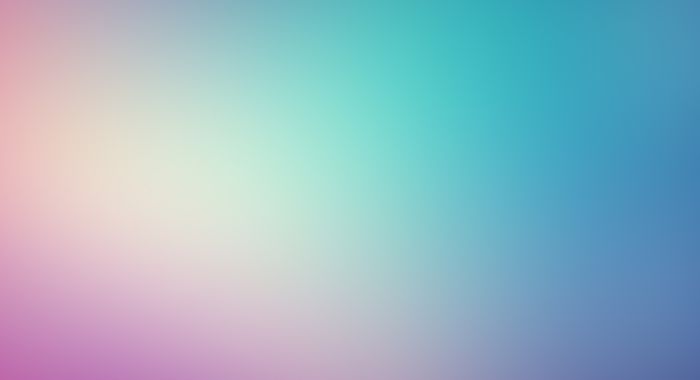Accidental (Art)works
The unpredictable nature of the artist’s profession oftentimes is subjected to an unexpected turn of events. I recall a conversation with a friend, musician with an academic degree in philosophy, where he admitted: ‘My life’s choices make to think that I strive to be unemployed’. The title of the visual essay 'Gadījuma Darbi' simultaneously signifies the character of the artists’ work pattern as well as the prerequisite for capturing the photographs I included in the series — a happenstance. The essay consists of two components: artworks from Zuzeum collection and their reproductions in a form of photography. The stream of questions that I encountered in the process of developing criteria for artwork selection, led me to three main elements: idea, implementation, interpretation. Idea What comes first — the idea or the artwork? Is it possible to create an artwork that precisely follows the vision of the artist? Perhaps is the other way around — the idea about what has been created uncovers after it has been shaped into an artwork? Implementation How to distinguish the artwork from something it is not? Does the right to create an artwork belong only to an artist? If yes — what confirms the individual’s affiliation with this profession? Interpretation Where ends the artist’s intention and begins the observer's interpretation? To what extent interpretation has a situational character? American art critic Susan Sontag in her essay ‘Against the Interpretation’ points out that ‘by reducing the work of art to its content and then interpreting that, one tames the work of art. Interpretation makes art manageable, conformable.’ As Sontag notes, the modern world of excess has created a ‘steady loss of sharpness in our sensory experience’. Instead of comparing artworks and interpreting their mutual relationship, I aspire to juxtapose them, highlighting the complementary nature of painting and photography similarly to ‘Magical realism’, a work by Juris Soikans included in the series. The expression proposes that opposites could not only exist alongside but also create a symbiosis, put together a group of autonomous elements into a coherent composition. Perceiving the urban space as a canvas, I strived to turn arbitrariness into a deliberate choice and add an artistic dimension to the relationship of objects. While I reviewed the photographs to find for a juncture that could create a dialogue with the selected artworks, I realised that unknowingly the boundaries of painting and photography have started to blur: the construction site gates dotted in a pointillism technique, painting of the light on the wall created by the afternoon sun, sculptural heaps of abandoned furniture in supermarket yards. See more. Notice more. Mantra to repeat every day. Following intuitive impulses, you can discover peculiarity in yourself and the world around you. And surprisingly thoughts find the right words, photographies — fitting artworks and ideas — people that could realise them.
